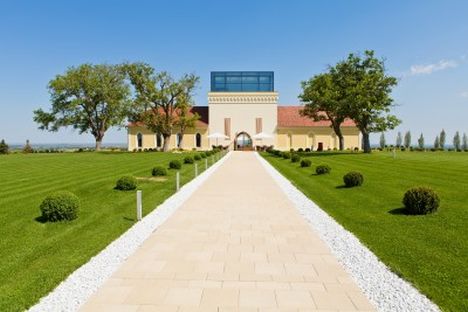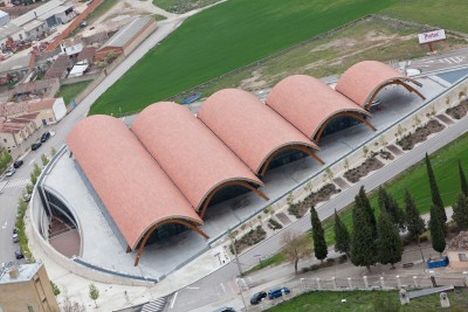Architecture and wine offer a combination that is almost unsurpassable in terms of development dynamics. Impressive modern buildings are being built in all wine-growing regions. What the New World and, in Europe, Austria in particular, have pioneered is also gaining momentum in Germany.
But if you look back into the past and a few years ahead, you have to recognise in many cases the shadows cast ahead by the current communications fireworks. Fashion and wine and fashion and corporate profiling are largely mutually exclusive. Consumers decide in the medium and long term which architectural projects are actually successful in the long term.

The small-scale structure of the often family-run businesses in the wine industry offers an excellent opportunity to position oneself successfully: to distinguish oneself with personal style and to use the uniqueness and consistency of personality. It is this individuality with which one can identify as a consumer. You don't just experience products, but also the people who make the wine according to their ideas.
As a wine lover, however, one does not only experience the wine and the personalities. All the information we get from a company, be it on the homepage, at events, when reading the wine list or when buying wine on site, come together like puzzle pieces to form an overall picture.
If the puzzle pieces fit together well, the result is a coherent overall picture that determines the quality impression just as much as the wine quality itself. In short: the better the overall picture, the greater the enjoyment of the wine.

If architecture occupies a prominent place in the external presentation of a winery, then the architectural style must not disrupt the company's image. But this is precisely where the risk of many of these projects lies. The current fashion dictates the style. In addition, there is a tendency within the wine industry to copy successful models. Neither of these leads to success in the long run.
The problem with fashion: unlike other communication media, stylistic change in buildings is impossible over many years. However, fashionable styles quickly lose their appeal and a look at many architectural projects of the 1980s and 90s show how quickly this can happen.
The problem with copying: The style may fit the personality of the role model, but not necessarily one's own company. The consequences are a lack of authenticity and disturbing contrasts between the personal style of the entrepreneurs and the appearance of the company.

The often quoted corporate identity, the interplay of all communication elements directed inwards and outwards, must not leave out the architectural style and the product style.
As an entrepreneur, the goal must be to become aware of one's own style and to express it through planning that is geared towards it, also in building projects. The focus is therefore on the goals, values, principles and style of the entrepreneur. These are precisely the topics that interested wine consumers are actually interested in. Corporate communication based on this and built on the long term avoids permanent marketing fireworks and is more credible and reliable.
In order to preserve the chance of being able to realise one's own building projects without succumbing to fashions and external influences, the planning process must be carried out with special attention to personality orientation. Then the wine will also match the architecture.